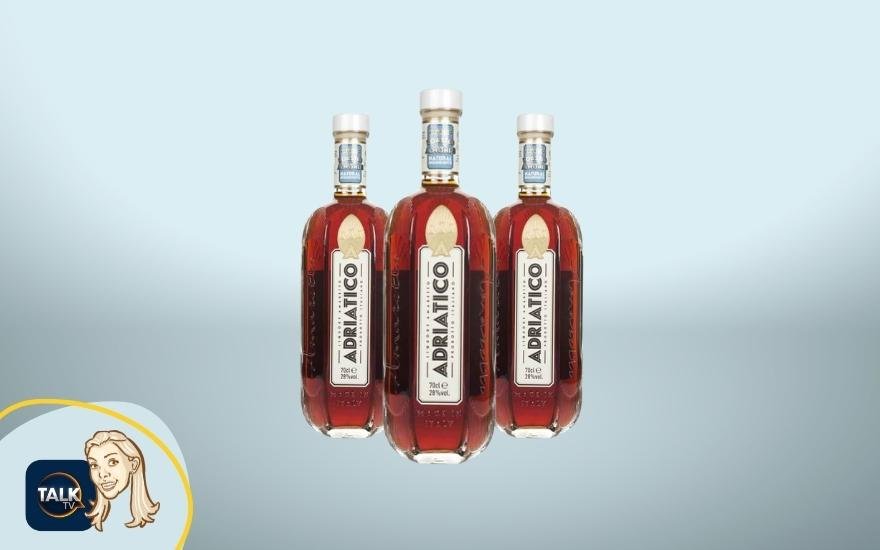“Horrid, medicinal, disgusting,” and many more colourful descriptors and phrases are commonly used when someone is trying their first amaro liqueur. But, for those more accustomed to bitter flavours and strong herbaceous botanicals, this category of liqueurs can be a wonderful journey through location and history.
Though this category often inspires uncertainty in those not used to bitter flavours, it is said that the amaro category is the largest and most numerous category in the world. So numerous, in fact, that anytime an attempt is made to count the number of bitter liqueurs on the market, it is almost immediately rendered insufficient by the release of several new variations in several different countries. Luckily for us, we won’t be taking on that impossible task. Instead, we’re going to get to the bottom of what amaro actually is and the different ways you can enjoy it. Let’s go.
What is Amaro?
Amaro, translating to “bitter” in Italian, is the umbrella term for a category of liqueurs. Though the category itself has no official definition, it is best explained in most basic terms as a wine or spirit infused with bitter or herbaceous botanicals and some amount of sugar to offset some of the bitterness and occasionally aged.
This category therefore encompasses traditional amari but also vermouth, popular red bitters, aromatized wines, krauter liqueurs, and more. Historically, these liquids were produced to capture and preserve flavours and effects of herbs. This was done medicinally, like many flavourful alcohol-based creations, but also it was done for perfumery and for the sole purpose of enjoying and imbibing.
Many of the most well-known amari - the plural of amaro - have historically been produced in Italy but several countries like Germany, France, Spain, Poland, Jamaica, and most recently the US, have a strong tradition of bottling bittersweet blends. Interestingly, a beautiful element of this category is liqueurs coming out of different regions will often use locally sourced herbs and botanicals creating a picture of the place and a connection to the location. Some globally famous amaro brands are Jägermeister, Campari, Aperol, Fernet-Branca, Suze, Cocchi, etc.
Amaro vs Bitters?
The amaro category is made up of alcoholic bitters often included in cocktails. However, confusingly, the category does not include what the English speaking world calls “Bitters” or “Cocktail Bitters” - the small bottle, a concentrated cocktail accentuating ingredient that is usually administered in dashes. These are an entirely separate category of ingredients that, unfortunately, are referred to using the same word. To offer a quick differentiation, cocktail bitters are legally deemed as a non-potable bittering ingredient, whereas the amaro category includes only the legally potable liqueurs. The legal definition of potable - and determination process thereof is the subject of many a detailed legislation and an entirely separate article.
Amaro vs Aperitif vs Digestif?
The terms aperitif and digestif are the source of lots of confusion specifically in the conversation around the amaro category. This is due to the fact that they, too, do not have officially designated definitions. The confusion is exacerbated by many brands marketing themselves as one or the other. The words were originally applied to this category because of the evolutionary response to bitterness in regards to digestion. The human body naturally reacts to bitterness in a way that aids and speeds up digestion. So these liqueurs have been enjoyed throughout history either pre- or post-degustation with the hopes that they would not only be delicious but also beneficial and healthy along the way.
How do you drink Amaro?
As guided above, a new spirit category is best introduced through trying the individual elements on their own. However, understandably, that is often too jarring or bracing for many alcohol enthusiasts. If this is the case, stretching the liqueur with water or soda will help open up the flavours. But also, cold water or carbonation can increase the intensity of some of the bitterness or medicinal qualities.
As the cocktail renaissance continues on and expands from the cities into more remote areas, the demand for more complex and interesting flavours has increased. The flavour profile of the amaro category lends itself beautifully well to the creativity of cocktail creators and innovators. For anyone that has dipped toes into the cocktail world, it is likely tomorrow has already been a significant part of that drinking journey. Amari makes appearances in many many of the most popular classic cocktails like the Negroni, the Aperol Spritz, and the Manhattan.
Which amaro should you buy?
Choosing which amaro to buy is certainly the most difficult challenge in the process to familiarize oneself with the category. Because each expression varies so vastly from the others, it will often be difficult to discern how each spirit will taste. The best strategy for acclimating yourself to this bitter category is to visit and trust a local bartender. Tasting these carefully and slowly one by one is the best bet to exploring and finding out which expression has the right balance of bitter and sweet. It will also be a lower stakes way to get to know the different botanicals used in different regions and productions of amari. This category is numerous and expansive, and surely contains something for everyone.
No matter the taste profile desired, there will be something to fit every palate. There are amari for people who like sweet and fruit-forward. There are amari for the most bitter-loving, medicinal-flavoured enthusiasts. The wine-based amari can be enjoyed over ice on a patio. The spirit-based, baking-spiced amari can warm up a winter evening. For every occasion and flavour desire, there is something in the category appropriate for every need and occasion.
What if I don't like bitter flavours?
How have you gotten this far in the article? You poor thing, here, go check out The Best Brand or maybe our Summer Cocktail Guide?
By Zach Sapato








